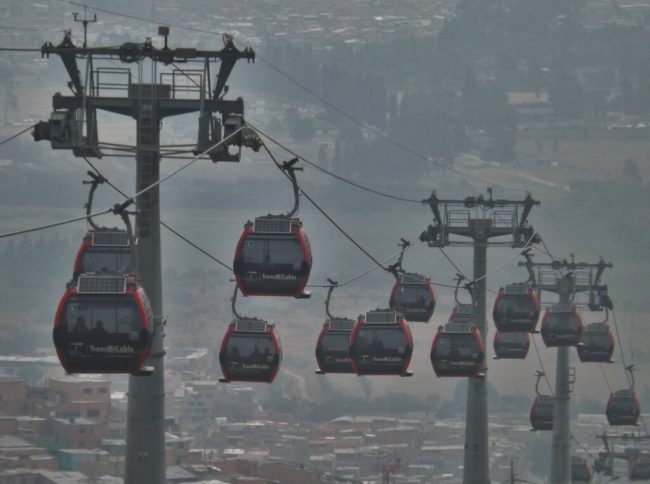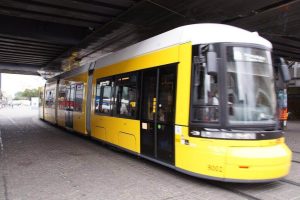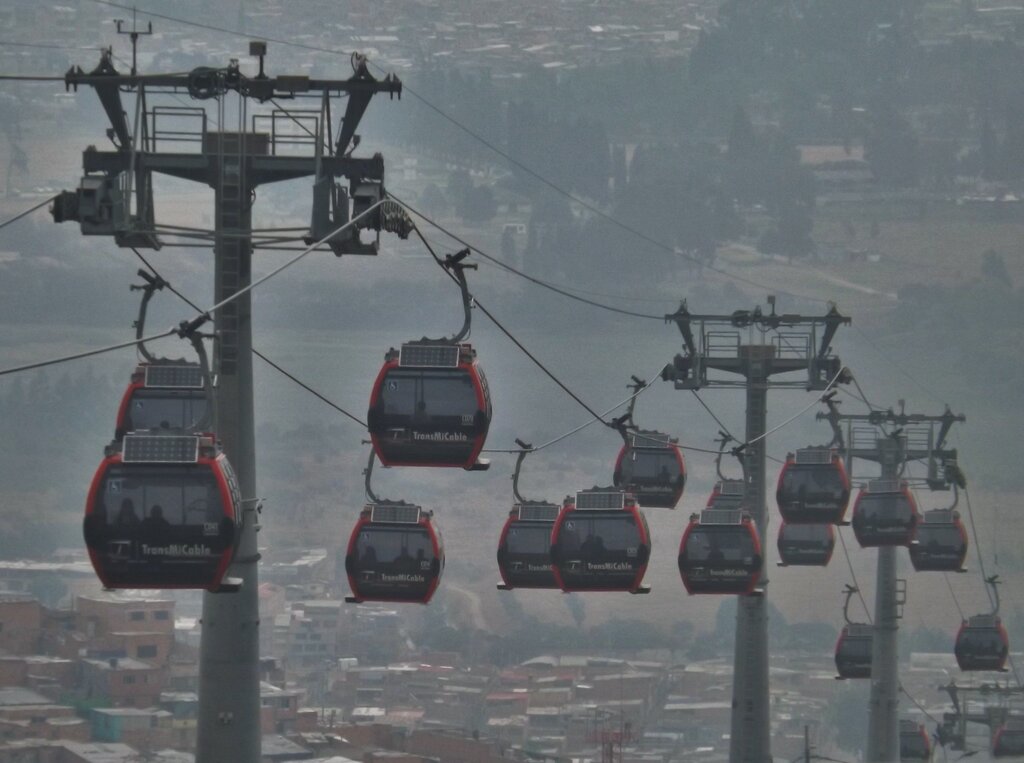|
Getting your Trinity Audio player ready...
|

For a century, the urban transportation roar of engines has been part of the city soundscape for billions of people worldwide.
Getting around town means boarding a bus run by diesel, a car, or a car-rickshaw that runs on gasoline. Today, change is ongoing in Berlin, Bogota, and other cities taking innovative steps to cut diesel or gas from their urban transportation system. They are taking this step despite differences in politics, geography, and economics that complicate the transformation.
Berlin revived their electric tram lines while Bogota built cable cars to connect the working-class community perched on faraway hills. Bergen, a city in western Norway, wants to be a leader in marine vessels for the electric age and made a remarkable shift from their public ferries away from diesel onto batteries. They now have electric buses supplied by the Chinese bus.
Urban transportation is key to slowing down climate change. Cities account for more than two-thirds of the carbon dioxide emissions, and transportation makes up the fastest-growing source outstripping sources like heating, industry, and waste.
In Shenzhen, their urban transportation is fully electric. However, their electricity comes from coal, and it is expensive to make the shift. There is only 16 percent of electric buses in the world. Cities must make mass transit attractive so that more people will support it.
Urban transportation in the most crowded cities and polluted metropolises of Africa and Asia face the most challenge. This is because people rely on informal mass transit like motorcycle taxis or diesel minivans. For cities that are succeeding, they find electric public transportation can help more than climate issues. Electric public transport makes it easy for ordinary people to get around town. It can also clean the air, reduce traffic jams.
Enter the Electric Age

Urban transportation in Berlin is now a well-functioning system. Mr. Streese, a Green party politician and Berlin’s permanent secretary for the environment and transport, said they are correcting the mistakes of the 1960s.
Berlin, Lisbon, and Dublin are reviving trams to curb emissions and clean the air to meet the European Union’s legally binding climate goals that require a 55 percent reduction in greenhouse gas emissions by 2030.
However, taking space away from cars can be tricky. The congestion tax enacted by Berlin for 1.2 million vehicles only applies to a small slice of the city. This plan is only a fraction of the broader endeavor to improve public transit and electrifying all buses by 2030. The plan will expand the metro and suburban trains, add bike lanes and build 50 miles of tram lines by 2035.
Tram critics point out they are noisy, slower, and old-fashioned, but tram fans say they are cheaper and faster to build than subways. However, the trickiest tram project is extending a line on the bridge because it means taking lanes away from cars or bikes, or the city would need to build another bridge.
Other Electric Ferries
The urban transportation system in Norway is well-established. It has set bold targets to slash half of its greenhouse gas emissions by 2030. Practically, all of Norway’s electricity comes from hydropower. Bergen is eager to fast-track its changeover from fossil fuels. All their trams and city buses are electric. Taxi operators agreed to switch to all-electric vehicles by 2024, and drivers will have subsidies to install chargers at home.
Corvus Energy is producing batteries for electric ferries and making batteries for oil tankers in Norway. It now has its focus on electrifying ferries in the United States. U.S. Energy Information Administration said that under current policies, about 30 percent of cars on the road will be electric by 2050.
Gondolas With Wi-fi in the Sky
In Bogota, the TransMiCable glides from the valley to the neighboring hills. In the city’s effort to clean the public transport, plans are underway to build seven lines.
So far, there are 500 Chinese-made electric buses on the road today, and the city will buy 1,000 more by 2022. The city will also add 175 miles of bike lanes.
Overhauling urban transportation is expensive and requires negotiating for money from the national president, but Bogota’s center-left political party managed to find common ground.
Written by Janet Grace Ortigas
Edited by Sheen Robertson
Sources:
The New York Times: Trams, Cable Cars, Electric Ferries: How Cities Are Rethinking Transit; by Somini Sengupta
Scientific American: Electric Vehicle Adoption Not Happening Fast Enough to Meet Climate Goals; by Arianna Skibell
Featured and Top Image Courtesy of young shanahan’s Flickr Page – Creative Commons License
Inset Image Courtesy of Fredrik Rubensson’s Flickr Page – Creative Commons License



